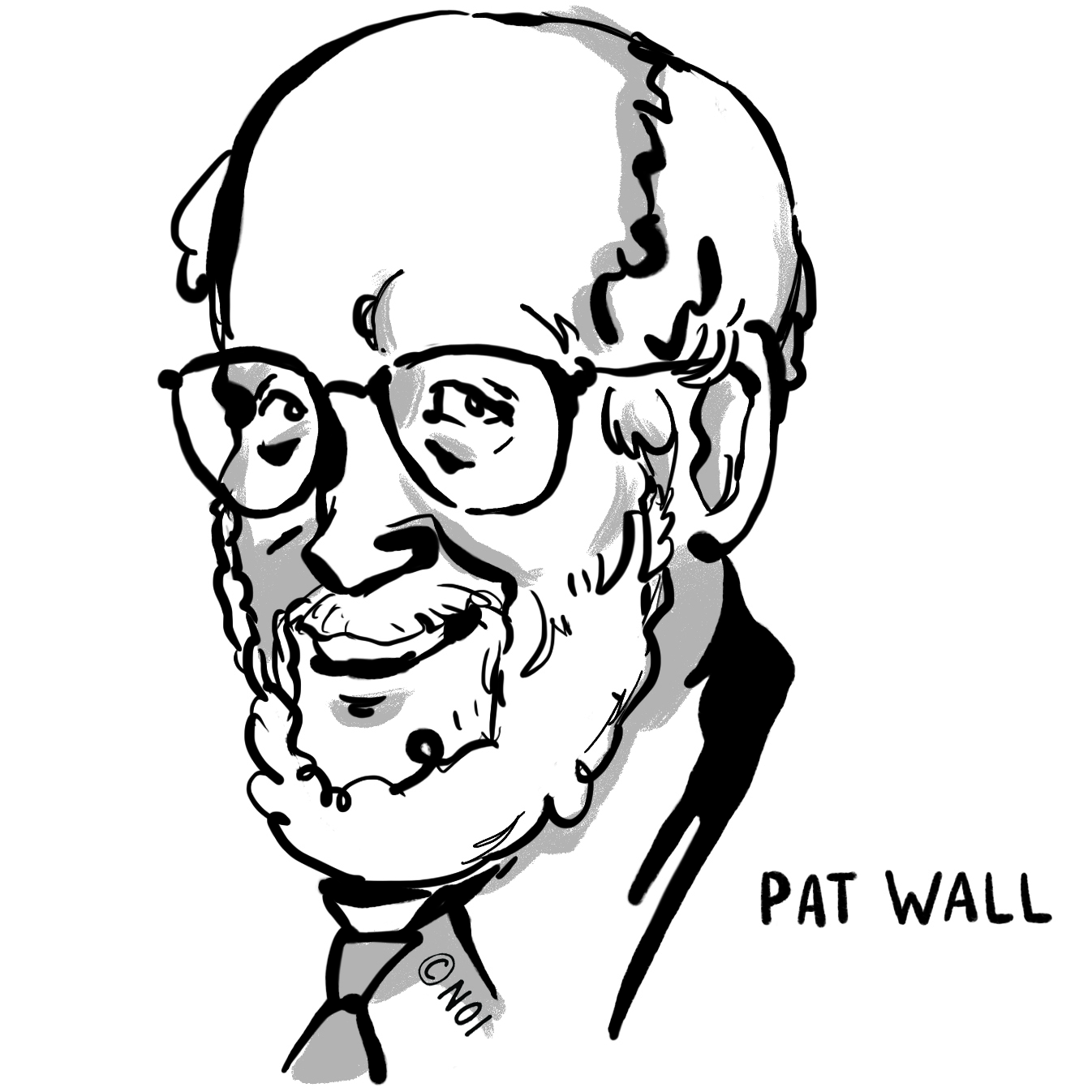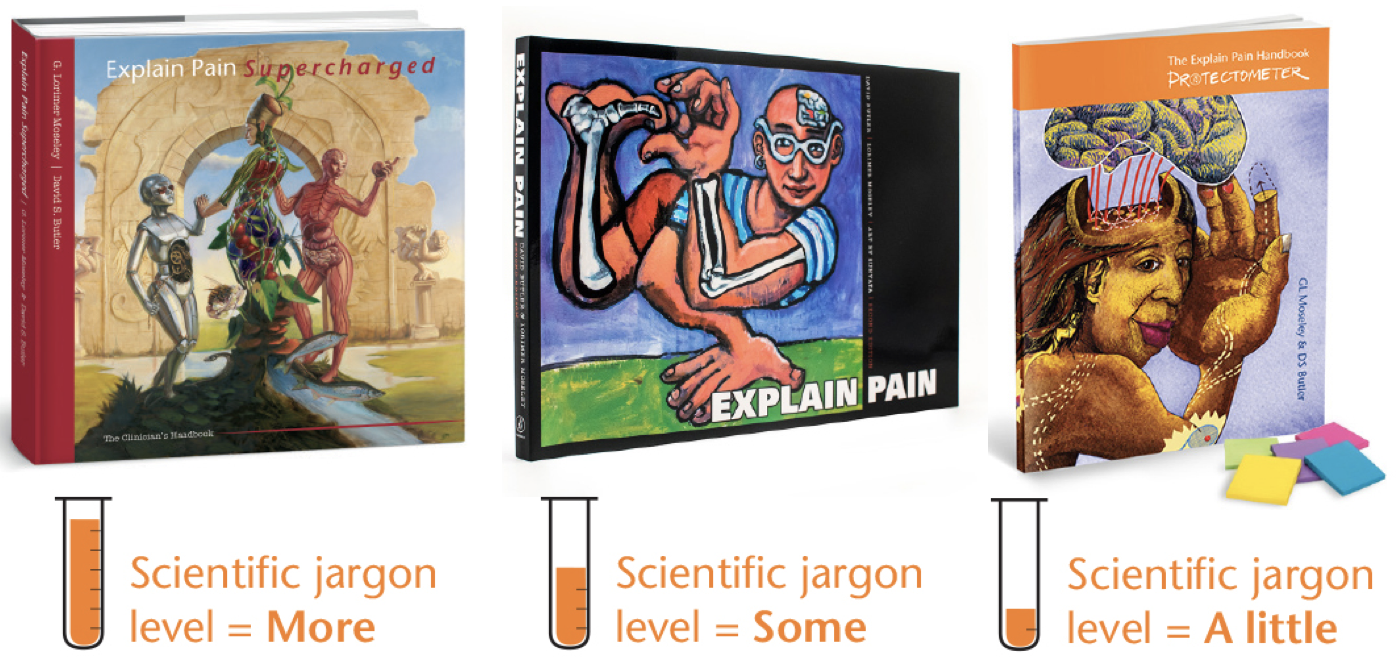An excerpt from Explain Pain Supercharged Chapter 3: Supercharge your pain biology:
“Patrick Wall, arguably the most influential pain scientist of the modern age, a committed anarchist and proficient trouble maker perhaps because of his remarkable intellect and foresight, often lamented the disconnect between what the biology of pain was saying and what the clinical community was doing. For both of us the abiding memory of Pat was being dragged away from conferences to share numerous beers and talk about ‘the real issues’. About 30 years ago, Pat and his PhD student at the time, Steve McMahon (now rightly considered a giant of the field), wrote a paper on the relationship between pain and action potentials in primary nociceptors. It was a very important paper and caused a bit of a storm. To demonstrate its remaining pretence, let’s revisit the first paragraph:

“The word nociceptor is a purely physiological term meaning a nerve fibre that responds to stimuli that damage tissue or would damage tissues if they were prolonged. The word pain is a purely psychological term defined as ‘an unpleasant sensory and emotional experience associated with actual or potential tissue damage[1]”…
When you really dig into the relationship between injury, nociception and pain, it becomes blatantly obvious that the entire system is all about protection and not conveying an accurate indication of the state of the tissues…
To bring home the point with some gusto – again from Wall and McMahon from three decades ago:
“The labelling of nociceptors as pain fibres was not an admirable simplification but an unfortunate trivialisation. The writers of textbooks will continue to purvey trivialisation under the guise of simplification. The experimental results show that the final analysis that produces the perception of pain is not monopolised by the peripheral receptor properties of nociceptors. The response of nociceptors is one of the factors incorporated into the central nervous analytic mechanisms that can generate many perceptual syndromes including pain[1]” (Emphasis added)
[1] Wall and McMahon (1986) The relationship of perceived pain to afferent nerve impulses. Trends in Neuroscience
Chapter 3 in Explain Pain Supercharged is hardcore, diving deep into pain biology from a new look at primary nociception and rethinking the dorsal horn, to the efferent function of nociceptors, the immune set point, Toll Like Receptors and a grand-finale-pain-mechanisms-cheat-sheet to pull it all together.
Don’t get trivial, get supercharged.
-NOI Group
Knowledge Driving Health



comments